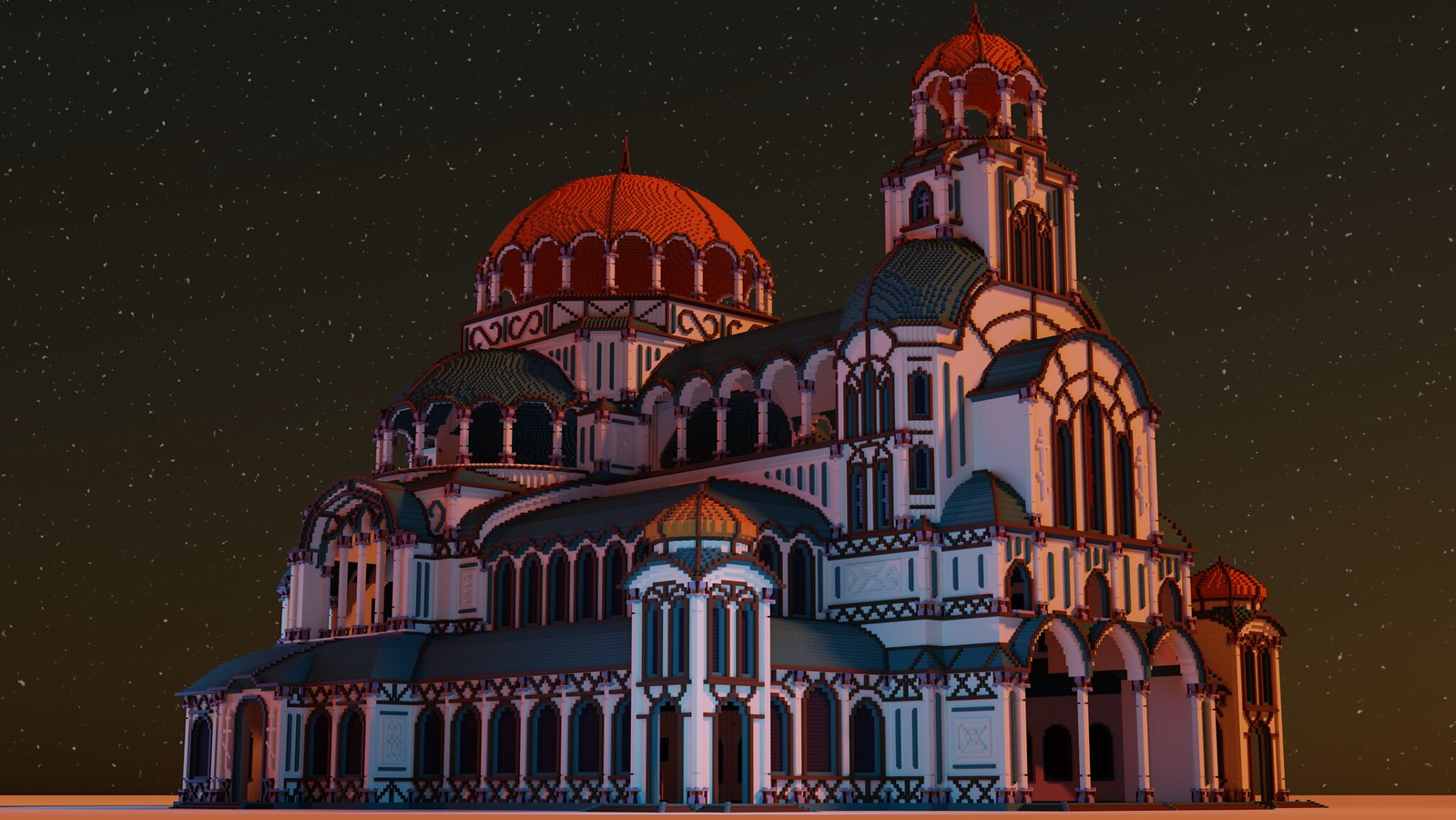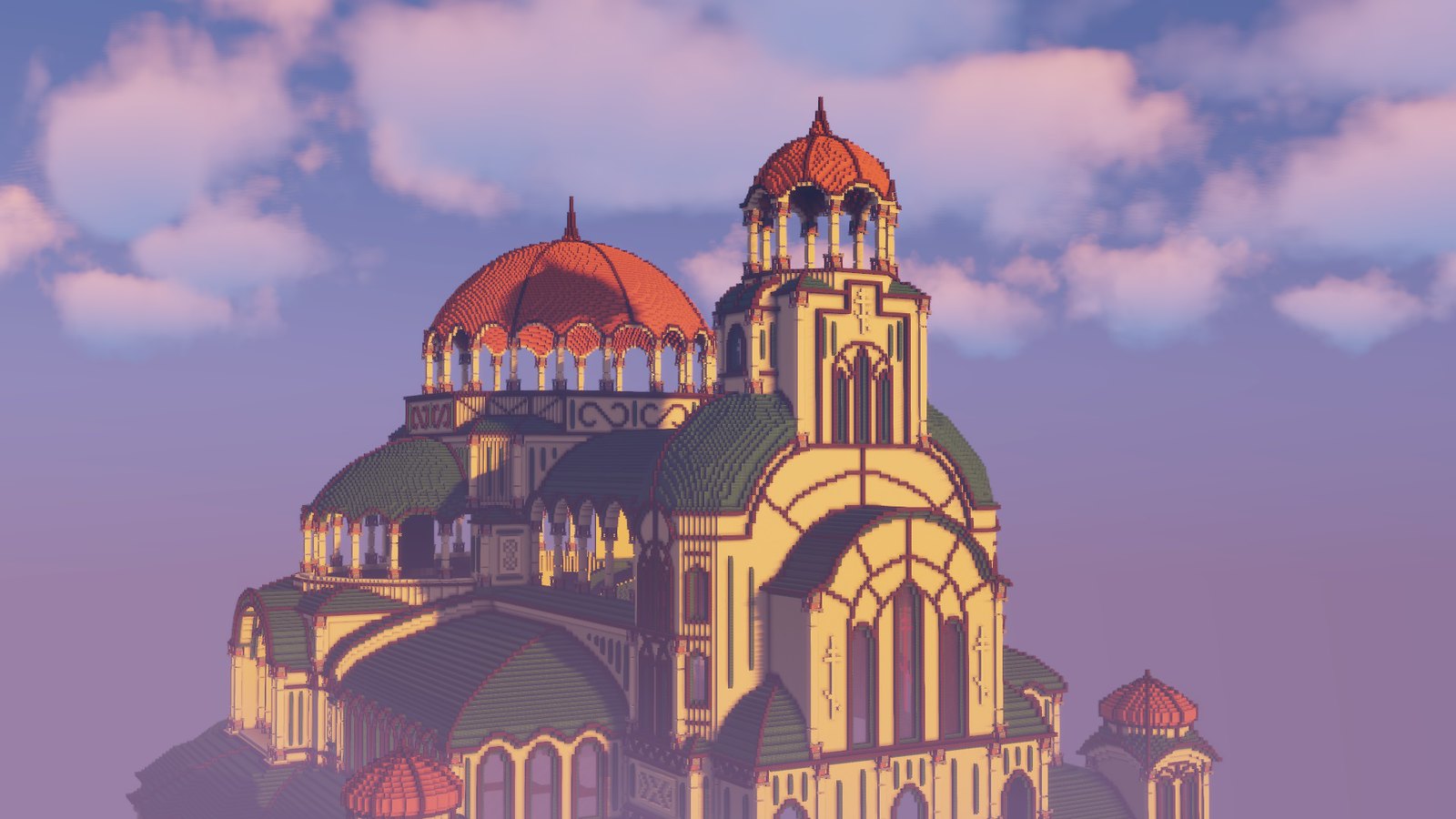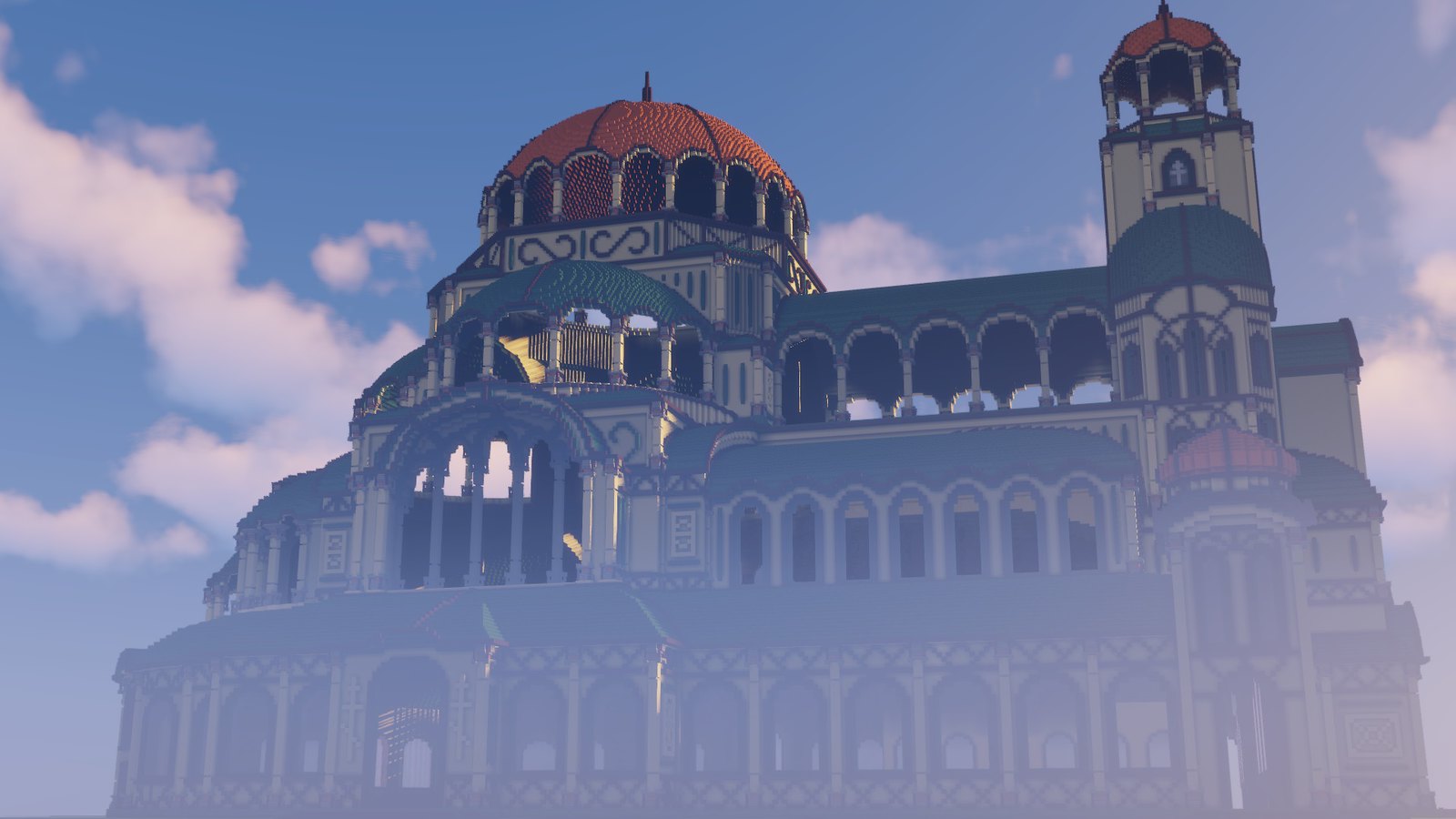History
Quick Facts
Location: Sofia, Bulgaria
Architect: Alexander Pomerantsev
Date Built: 1882-1912
Length: 73.5m
Width: 52.2m
Height: 53.0m
What Society Built it: Principality of Bulgaria
Why it was Built: To honor Russian soldiers who died during the Russo-Turkish War of 1877, which liberated Bulgaria from Ottoman rule

What it Is
The St. Alexander Nevsky Cathedral is a Bulgarian Orthodox cathedral in Sofia, Bulgaria. Built in Neo-Byzantine style, it serves as the cathedral church of the Patriarch of Bulgaria and is one of the largest Eastern Orthodox cathedrals in the world, as well as one of Sofia’s symbols and primary tourist attractions. Its floorplan stands at 3,170 square meters in size and is able to hold 10,000 people inside, making it the second largest cathedral in the Balkan Peninsula after the recently consecrated Church of Saint Sava. The cathedral was built to honor Russian soldiers who died during the Russo-Turkish War of 1877, after which Bulgaria was liberated from Ottoman rule. Currently, it is a popular tourist attraction, boasting a museum to Bulgarian icons in the crypt, relics of Alexander Nevsky, and murals of Orthodox saints adorning its walls.
Saint Alexander Nevsky
The Cathedral's namesake is Saint Alexander Yaroslavich Nevsky (1221-1263), a key figure of the Medieval Kyivan Rus', who was the Prince of Novgorod, Grand Prince of Kyiv, and eventually Grand Prince of Vladimir during a time of weakness and foreign invasion. He fought off the German Teutonic Order crusading into Rus' territory at the famous Battle on the Ice and defeated Swedish invaders at the Battle of the Neva, for which he is named Nevsky. Rising to the height of his power following the decisive Mongol invasion of the Rus', he placed his cities under the suzerainty of the Golden Horde, under whose auspices he became Grand Prince of Vladimir and thereby the leader of all Russians. Having preserved the Russian state and Eastern Orthodox religion, he was canonized as an Orthodox saint by Macarius, Metropolitan of Moscow. His legacy remains intact to this day, being commemorated in modern times with military orders, Russian Navy warships, cathedrals, and movies being dedicated to his name.
Facts
During the First World War, Bulgaria found itself aligned with the Central Powers while Russia was aligned with the Allied Powers. To avoid any association with a Russian icon, the Cathedral was renamed the Sts. Cyril and Methodius Cathedral, after two Byzantine theologians who evangelized the Slavs. The original name was reinstated in 1920, after the conclusion of the war.
The Cathedral was heavily damaged during the Second World War, when American and British bombs hit Sofia.
The Cathedral's design is representative of the trade boom of the time, marble parts, lighting fixtures, and metal elements were created in Germany and the gates and mosaics were shipped from Venetian artisans. Some components, such as onyx, were imported from as far as Brazil.
Its unique design and status as a monument of both Sofia and Bulgaria at-large has led to many smaller, similarly styled churches around the country, in smaller towns


